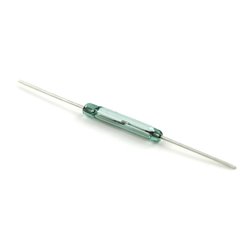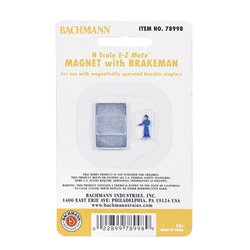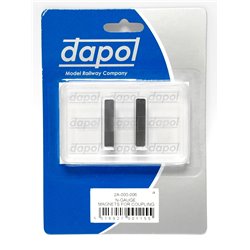If you are thinking of installing a bridge over your track on a model railway, how high should it be?You may...
No products
Product successfully added to your shopping cart
There are 0 items in your cart. There is 1 item in your cart.
Search Tips
What is a reed switch?
You can use reed switches on your model railway when you want an action to be triggered by a train passing over a particular section of track.
Reed switches work in a very basic way, they have two fine strips of metal placed slightly apart acting as a break in an electrical circuit, a magnet pulls the strips together, therefore, connecting the circuit.
The triggering magnets should be attached to the underneath of your trains, the reed switch should be located on a section of track where you want to trigger the action. When the train (magnet) passes over the reed switch, the magnet closes the switch and the circuit is completed, and there you have it, lights change, points click and level crossings flash as if by magic!
There are many applications for a reed switch including a signal being activated or cancelled once a train has passed, the automation of a train constantly moving up and down an end-to-end layout or even route setting after a train has passed a junction. The possibilities are only limited to your imagination (and technical abilities of course).
Reed switches are not complicated so shouldn't be feared, if you can make a circuit that can be activated by a short pulse, then the reed switch merely replaces your finger manually pressing a button, it's fair to say that the hardest part is deciding how to incorporate the switch into your track-work, but the rest is child's play!
Click here to receive the tips weekly in your mailbox. You can unsubscribe at any time.






.jpg)



